California's renewable electricity target is 33% by 2020, increasing to 50% by 2030. This year, legislation has been proposed to increase the target to 100% by 2045.

|
|
|
On the afternoon of May 13, 2017, 67% of the electricity flowing through the main California grid was from renewable resources such as solar, wind, small hydro, biomass, and geothermal, according to the California Independent System Operator. Overall on that day, 42% of California's electricity demand was served by renewables (not including large hydro) as shown on the hourly chart below.
California's renewable electricity target is 33% by 2020, increasing to 50% by 2030. This year, legislation has been proposed to increase the target to 100% by 2045. The new REN21 Renewables Global Futures Report compiles the views of energy experts from every region of the world on the feasibility of achieving a 100% renewable energy future. Renewables are now the least expensive option for new power generation in almost all countries, an essential step toward the international goal of decarbonizing the power sector by 2050. While more than 70% of the experts interviewed consider a global transition to 100% renewable energy to be both feasible and realistic, and a growing number of communities are adopting 100% renewable targets, significant barriers to renewable energy deployment remain. These barriers vary widely from region to region and range from concerns about the integration of variable renewables (such as wind and solar) onto the grid to resistance from vested interests to inadequate financing. This report is an essential read for anyone seeking to understand the challenges and opportunities for renewable energy adoption in specific regions.
Achieving 100% Renewable Power: Renewable Transformation Challenge Proposals Due April 30, 20173/31/2017
Elsevier and the International Solar Energy Society (ISES) have launched the Renewable Transformation Challenge in support of a world powered by 100% renewable energy, used efficiently and wisely, and made accessible for all. The winning proposal will demonstrate applicability, impact, sustainability and scalability in how they support the renewable energy transformation to achieve 100% renewables. The winner will receive €20,000.
Proposals can present an ongoing project, a product idea, an innovative technology, a policy initiative, program, research, or analysis, or perhaps a complete solution targeting supply-side or demand-side programs, or both. The competition is open to all individuals and not-for-profit and commercial organizations worldwide. Guidelines are available on the Challenge website. Submit your proposal by 30 April, 2017. The winner(s) will be announced at the ISES Solar World Congress (SWC2017) in Abu Dhabi held 29 Oct - 02 Nov 2017. Visit the website for more details: https://www.elsevier.com/physical-sciences/energy/renewable-transformation-challenge More than 3 million Americans were directly employed by the clean energy industry in 2016, according to the U.S. Department of Energy. The clean energy industry includes the energy efficiency, smart grid, and energy storage industries; electric power generation from renewables; renewable fuels production; and the electric, hybrid, and hydrogen-based vehicle industries. By contrast, the U.S. coal industry provided 160,119 jobs. The Environmental and Energy Study Institute has compiled energy job statistics in the U.S. and worldwide in the Jobs in Renewable Energy and Energy Efficiency Fact Sheet.
 A record 70 gigawatts (GW) of solar were added last year globally, a 25% increase from 56 GW in 2015, according to estimates by Bloomberg New Energy Finance. More than 56 GW of wind was installed, down from 63 GW in 2015 but the second-highest figure ever, Total investment in clean energy worldwide was estimated at $287.5 billion, an 18% decline from 2015 due in part to falling prices for wind and solar technologies. 2016 was, however, a record year for offshore wind investment which reached $30 billion, up 40% compared to 2015, due to improved economics. Source: Bloomberg New Energy Finance
The Central American country of Costa Rica has successfully transitioned to a grid powered by nearly 100% renewable resources, according to the Costa Rican Electricity Institute (ICE). The primary sources of Costa Rica's power are hydro, goethermal, wind, biomass, and solar. Fossil fuels function as backup energy generation source, accounting for less than 2% of generation.
In 2016, Costa Rica relied on renewable sources for 98.12% of its electricity, an impressive achievement and consistent with the 2015 total of 98.99%. Costa Rica further reported that in 2016 it went 250 days using only renewable power sources. With the ability to maintain high levels of renewable electricity for two years, Costa Rica's electricity sector is a world leader in clean energy. It should be noted, however, that Costa Rica's Reventazon Hydroelectric Project, the largest hydroelectric dam in Central America, has generated concerns due to its environmental impacts on river ecosystems and migrating wildlife, including jaguars. Accordingly, it is to be hoped that Costa Rica continues to invest in non-hydro sources of clean energy, such as wind and solar, which also offer the benefit of operating during the dry season, when hydroelectric production is less reliable.  The Institute is pleased to join the Local Clean Energy Alliance of the Bay Area. The Local Clean Energy Alliance is the Bay Area’s largest clean energy coalition, with 90 affiliated member organizations, working for a clean energy future in the Bay Area. The Local Clean Energy Alliance (LCEA) supports the development of local energy resources as key to creating sustainable business, advancing social equity, and promoting community resilience. LCEA's long-term goal is for the Bay Area to meet 100% of its future energy needs with a balanced mix of renewable energy, improvements in efficiency, and conservation. Additional goals are to: · Reduce energy consumption. · Maximize local renewable energy production. · Offer stable rates for all. · Create local business opportunities and green-collar jobs. · Facilitate local businesses and residents' ability to sell excess energy to the grid. · Ensure that the benefits of local clean energy accrue to all communities. 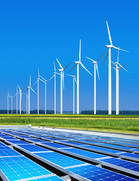 Latin America is a region of rapid growth for renewable energy. Growing demand, decreasing costs of renewable technologies, high electricity prices, energy security concerns and, in some cases, the potential for export, provide incentives for deployment of renewable energy technologies. Three recent reports from the International Renewable Energy Agency (IRENA) provide overviews of policy developments and renewable energy deployment data. Renewables in Latin America and the Caribbean: This publication provides a regional-level summary of renewable energy statistics as of the end of 2015, including renewable electricity generation capacity, capacity growth, renewable electricity generation, and renewable energy balance. For country-level statistics, see below Renewable Energy Statistics 2016: Latin America and the Caribbean. Renewable Energy Statistics 2016: Latin America and the Caribbean: This report presents IRENA’s latest statistics for renewable power generation and capacity, as well as renewable energy balances for all countries in the Latin America and Caribbean region. Renewable Energy in Latin America: An Overview of Policies 2015: This report provides an overview of renewable energy policy in the Latin American region, including policy support for renewables in the following countries: Argentina, Belize, Bolivia, Brazil, Chile, Colombia, Costa Rica, Ecuador, El Salvador, Guatemala, Guyana, Honduras, Mexico, Nicaragua, Panama, Paraguay, Peru, Suriname, Uruguay and Venezuela. The report analyses policies in four sectors: electricity, heat, transport and energy access, as well as some cross-cutting and other enabling policies.  Renewable electricity generation in Latin America has increased by about one-third between 2000 and 2014, according to a new study by the International Renewable Energy Agency (IRENA). Large hydroelectric projects still account for the vast majority of generation in the region, but their role has declined in recent years, offset by growth in electricity generation from other renewable sources, including solar, wind, bioenergy, and geothermal. Despite its enormous potential, solar energy remains an underdeveloped resource, accounting for only 1.4% of generation in 2014. However, solar is the fastest growing renewable resource. Production of solar energy has doubled every year since 2010. In June 2016, Canadian Prime Minister Justin Trudeau, U.S. President Barack Obama, and Mexican President Enrique Peña Nieto issued a joint leaders statement recognizing that our "highly integrated economies and energy systems afford a tremendous opportunity to harness growth in our continuing transition to a clean energy economy."
The North American leaders committed to a North American Climate, Clean Energy, and Environment Partnership that identifies deliverables to be achieved and activities to be pursued in the following categories: - Advancing Clean and Secure Energy - Driving Down Short-Lived Climate Pollutants - Promoting Clean and Efficient Transportation - Protecting Nature and Advancing Science - Showing Global Leadership in Addressing Climate Change Major goals include achieving 50% clean power generation in North America by 2025 as well as demand reduction through energy efficiency. Problematically, the statement includes nuclear as a source "clean power," which significantly reduces the potential positive impact of this initiative on the transition to clean renewable power in the region. Read the full Action Plan here. |
Categories
All
Archives
January 2025
Blogroll
|
|
© 2013 - 2025 InterAmerican Clean Energy Institute, a project of Earth Ways Foundation Inc, a 501(c)3 nonprofit organization.
|
Web Hosting by iPage
|
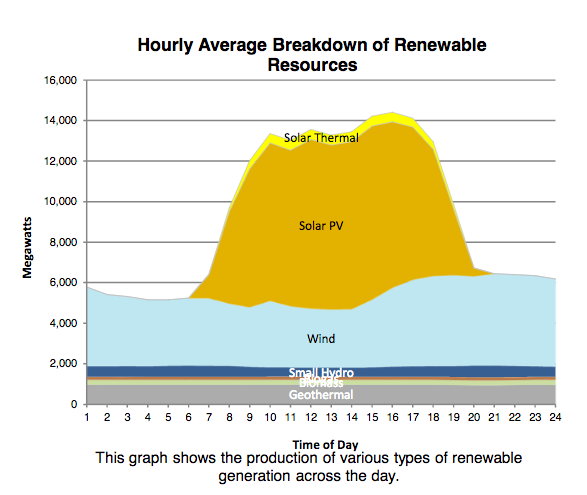
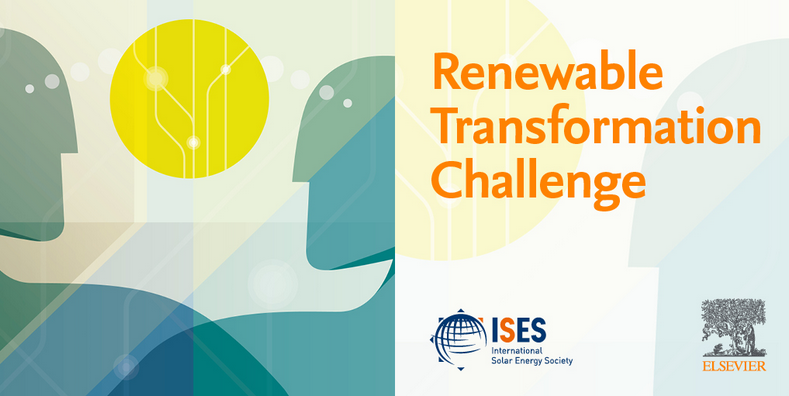

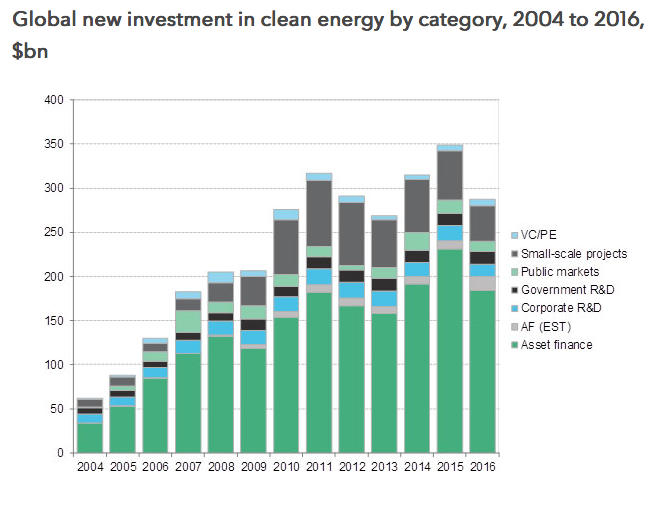
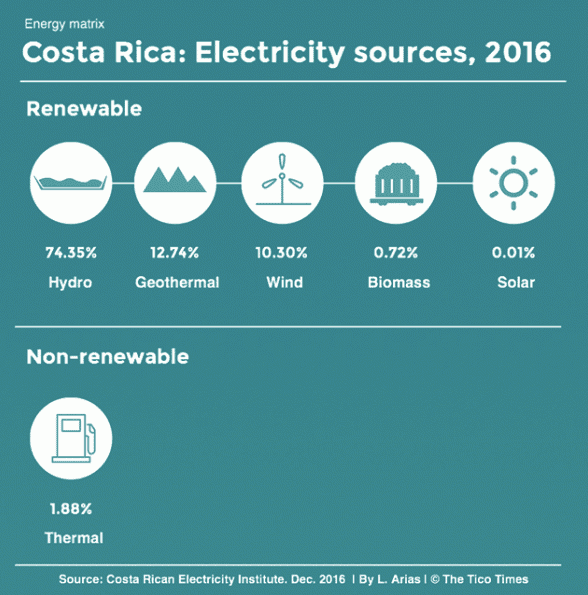

 RSS Feed
RSS Feed